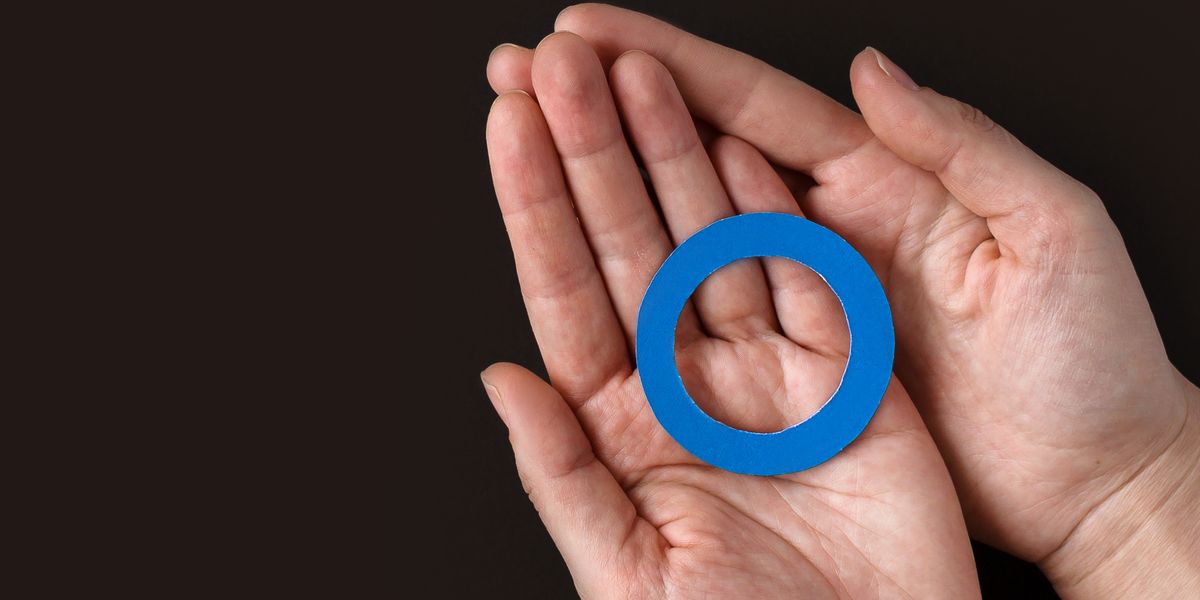Diabetes insipidus, often shortened to DI, is a rare form of diabetes that is not related to blood sugar-related diabetes mellitus, but does share some of its signs and symptoms.
Diabetes insipidus is simply excessive urination (polyuria) and complications thereof, caused by an antidiuretice hormone called a vasopressin.
Read on to find out more about what diabetes insipidus is, how it affects the body, the different forms of the disease, and how it is diagnosed and treated.
What are the symptoms of diabetes insipidus?
Diabetes Insipidus leads to frequent urination, and this is the most common and clear symptom. In extreme cases, urination can be in excess of 20 litres per day.
A secondary symptom is increased thirst, as a result of passing so much water.
If this is not met, then dehydration can occur which, in turn, can lead to:
- Cracked skin
- Fatigue
- Confusion
- Dizziness and even
- Unconsciousness
Children suffering from the condition may become irritable or listless, with fever and vomiting also possible.
How does diabetes insipidus compare with diabetes mellitus?
Diabetes insipidus and diabetes mellitus should not be confused. The two conditions are unrelated, with diabetes insipidus a completely different type of illness. Diabetes mellitus is also far more common.
Diabetes mellitus occurs due to insulin resistance or insulin deficiency and subsequent high blood glucose levels.
Diabetes Insipidus on the other hand develops as a result of the stilted production of a hormone in the brain, which is released to stop the kidneys producing so much urine in order to retain water. Without this hormone, water is not retained and the kidneys constantly work to their maximum capacity.
The word “Mellitus” tagged onto the main form of diabetes comes from an old word roughly meaning “to sweeten with honey” and is a reference to the high levels of sugar in the blood
By contrast, “Insipidus” means “un-tasty” and so is used to describe a form of diabetes that does not result in high sugar levels.
The different types of diabetes insipidus
There are 4 types of diabetes insipidus, including:
Neurogenic diabetes insipidus
Neurogenic diabetes Insipidus, or central and cranial diabetes insipidus as it is sometimes referred to, is a form of DI that is caused by a problem in the hypothalamus section of the brain It can stop producing the antidiuretic hormone (ADH), also known as vasopressin.
This hormone tells the kidneys to stop producing urine, and is released when there is a relatively low amount of water in the body. If ADH isn’t produced, the kidneys will go on producing urine, resulting in frequent trips to the toilet and a higher risk of dehydration
Head injury, brain tumours or brain surgery can all result in damage to the hypothalamus or pituitary gland, which can prevent it from producing and storing the ADH.
A lack of oxygen reaching the brain, caused by a stroke or a breathing trauma, such as choking or drowning, can cause sufficient damage to prevent production, as can some infections such as meningitis.
Nephrogenic diabetes insipidus
There are 2 forms of nephrogenic diabetes:
Congenital nephrogenic diabetes insipidus
Congenital diabetes Insipidus is present from birth and is caused by several genes that cause the kidneys of the foetus to form improperly. Kidneys contain cells called nephrons which regulate what water is passed by urine and what water is reabsorbed back into the body. These nephrons react to the ADH released by the hypothalamus, and if they are damaged, they can end up ‘ignoring’ the ADH, leading to constant production of urine.
Deformations can occur in the body by the presence of several rogue genes. This mutation can only be passed from unaffected mothers to their sons. However, this very rarely happens, apparently affecting just 1 in 250,000 births.
There is an even rarer gene mutation that can cause nephrogenic diabetes insipidus in both males and females.
Acquired nephrogenic diabetes insipidus
Acquired diabetes insipidus occurs after birth as a result of an outside factor damaging the kidneys and leading to the excessive urination.
Lithium is used in some medications, particularly for bi-polar disorder, and long term intake of lithium can cause damage to the nephrons in the kidneys. Being taken off lithium however, can restore normal kidney function if it is diagnosed early, so having kidney function tests every three months is advised by the NHS if you are on lithium containing medication. Your doctor will talk to you about this.
Infections, blockages (such as kidney stones) or other forms of damage to the kidney could lead to diabetes insipidus, so if you have undergone any of these and are experiencing excessive urination, you should contact your doctor.
Gestational diabetes insipidus
During pregnancy, the uterus produces vasopressinase which can break down ADH. The nephrones in the kidneys do not receive the ‘stop making urine’ message and continue to produce it.
Usually Gestational diabetes insipidus will disappear after the pregnancy. Just like gestational diabetes mellitus, one case of gestational diabetes insipidus means that another case during subsequent pregnancies is likely.
Dipsogenic diabetes insipidus
Some cases of diabetes insipidus occur because of an issue with the thirst function. Similar damage to the hypothalamus that causes neurogenic diabetes insipidus can also result in a malfunction to the thirst mechanism, resulting in thirst that won’t go away. This will lead to a constant need to drink, which in turn can lead to excessive urination.
How is diabetes insipidus diagnosed?
Diagnosing DI can be complicated as it shares many symptoms of diabetes mellitus. There are however, a series of tests that can determine exactly what the patient is suffering from. These include urinalysis, fluid deprivation, and even MRI scans.
If a GP thinks a patient may have DM, they will carry out a urine glucose test, which should result negatively if the patient has DI.
Treating diabetes insipidus
If you have a mild form of DI, usually only passing around 3-4 litres of urine a day, you may not be given any treatment and told that the disorder is manageable by drinking plenty of water.
If your condition is more severe, you may be given one of the following:
Desmopressin for treating neurogenic diabetes insipidus
Desmopressin is a manufactured version of ADH given as a medication for diabetes insipidus. It acts in place of the natural hormone your body can’t produce.
In more extreme cases of DI, desmopressin may be prescribed in either a tablet or a nasal spray form. The nasal spray is more effective, and gets into the bloodstream more efficiently and quicker, but can be blocked by colds or flu.
There are fairly low rates of side effects in patients on desmopressin, but they can include
- Headache
- Nausea and vomiting
- Dizziness
The main concern with desmopressin is overdosing, as this can cause your body to retain too much water.
Stick to the dosage your doctor has prescribed and don’t increase the dose if it is ‘not working’. Consult your doctor if the symptoms persist, even whilst on treatment.
Thiazide diuretic treatment for neurogenic diabetes insipidus
Thiazide diuretics are a type of medication that increases urination rate but can strangely help prevent urination in sufferers of diabetes insipidus. This is because thiazides increase the concentration of the waste product in the urine, which can have a consequential effect of reducing the amount of urine produced in DI sufferers.
Nephrogenic diabetes insipidus treatment
Nephrogenic DI is much harder to treat. This is because there is a problem with the kidneys themselves, not just the message that tells them what to do.
If you are on a medication containing lithium, coming off that prescription may help. However, you should not alter your medication without consulting your doctor, and they will tell you what to take or try to find and alternative treatment.
Dietary changes may also help to alleviate your symptoms, but again, consult your GP before making any drastic change to your diet







